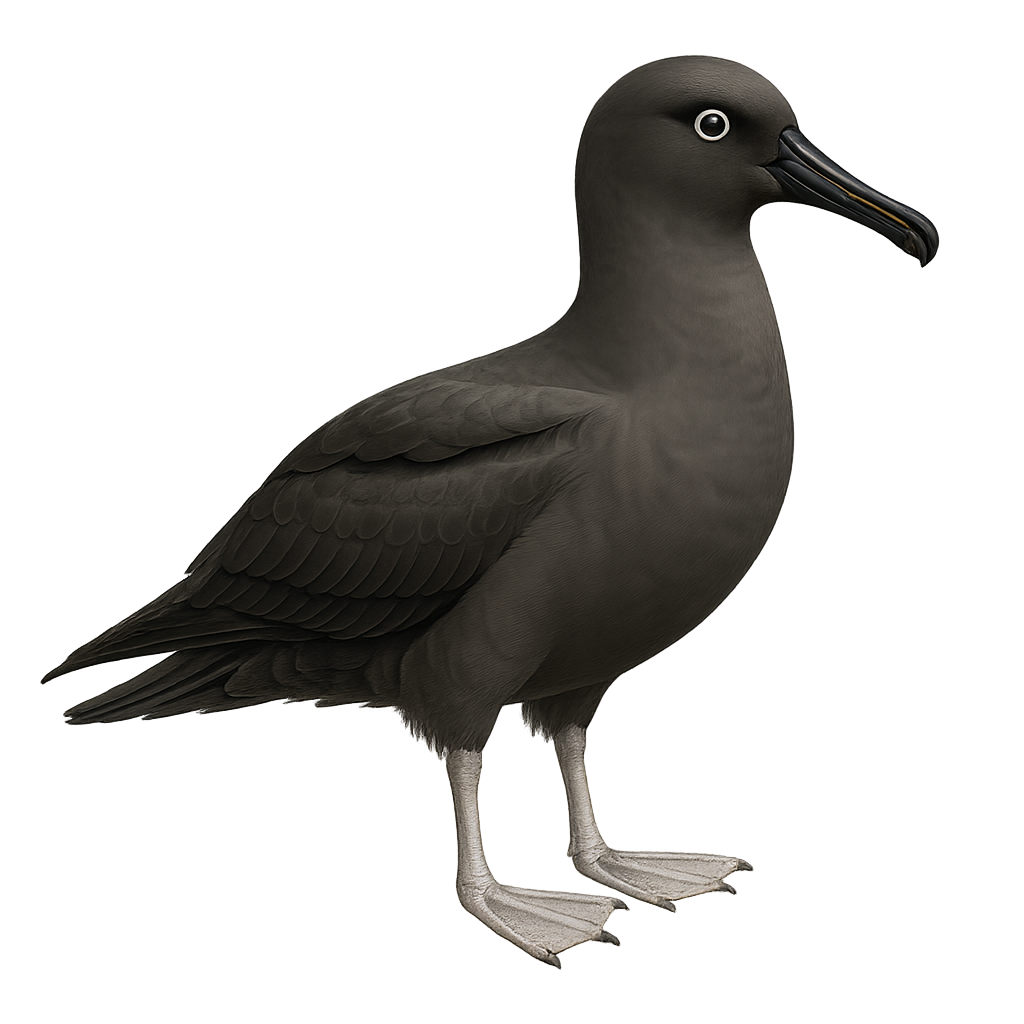Your wildlife photography guide.
Explore the sooty albatross in detail, study its behavior, prepare your shots.
Where to observe and photograph the sooty albatross in the wild
Learn where and when to spot the sooty albatross in the wild, how to identify the species based on distinctive features, and what natural environments it inhabits. The WildlifePhotographer app offers tailored photography tips that reflect the sooty albatross’s behavior, helping you capture better wildlife images. Explore the full species profile for key information including description, habitat, active periods, and approach techniques.
Sooty Albatross
Scientific name: Phoebetria fusca

IUCN Status: Near Threatened
Family: DIOMEDEIDAE
Group: Birds
Sensitivity to human approach: Suspicious
Minimum approach distance: 10 m
Courtship display: March to April
Incubation: 68-71 jours
Hatchings: May to July
Habitat:
Oceans, cliffs, subantarctic islands
Activity period :
Primarily active during the day, with peak activity in the morning and late afternoon.
Identification and description:
The Sooty Albatross, Phoebetria fusca, is a medium-sized seabird belonging to the Diomedeidae family. It is primarily found in subantarctic regions and is recognizable by its dark brown plumage and long, narrow wings. This albatross is an excellent glider, capable of covering long distances over the oceans thanks to its wings adapted for cruising flight. It nests on steep, often isolated cliffs and feeds mainly on squid and fish. Its population is currently threatened by longline fishing and habitat degradation.
Recommended lens:
400mm – adjust based on distance, desired framing (portrait or habitat), and approach conditions.
Photography tips:
To photograph the Sooty Albatross, it is advisable to use a telephoto lens of at least 400mm to capture detailed images from a distance. As this bird is often seen in flight, it is important to choose a location with a clear view of the ocean. The cliffs where it nests can offer unique opportunities for spectacular shots. Opt for times of the day when the light is soft, such as morning or late afternoon, to achieve interesting contrasts on the bird's dark plumage.
The WildlifePhotographer App is coming soon!
Be the first to explore the best nature spots, track rutting seasons, log your observations, and observe more wildlife.
Already 1 429 wildlife lovers subscribed worldwide

